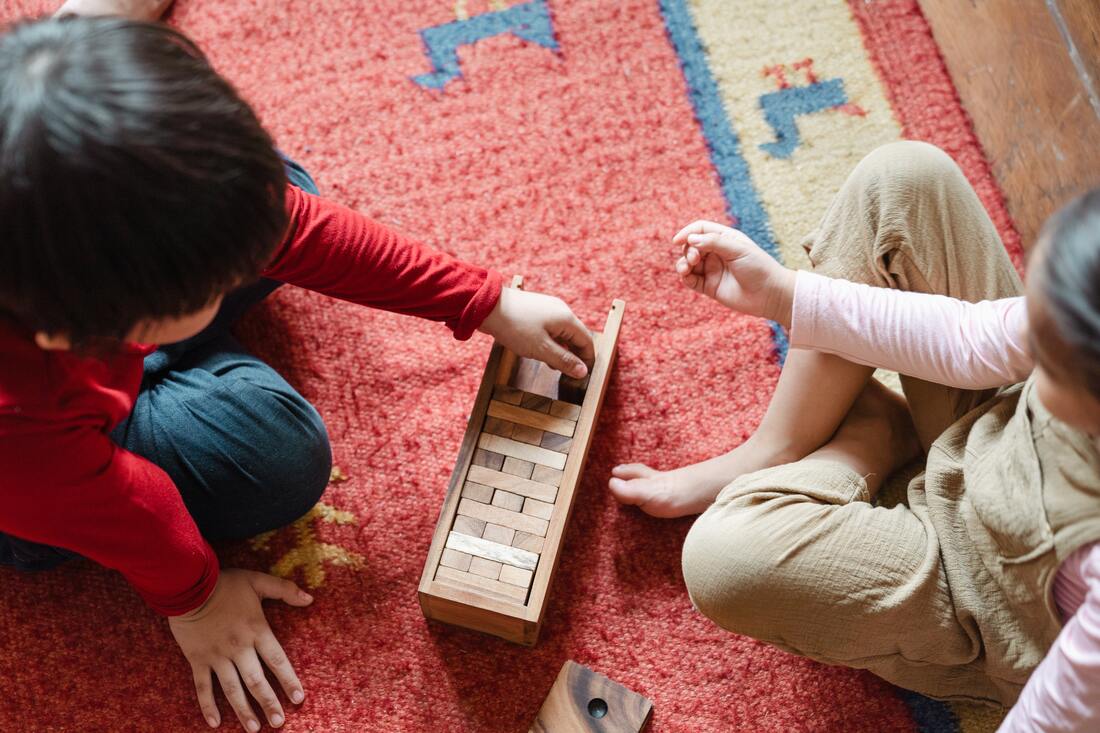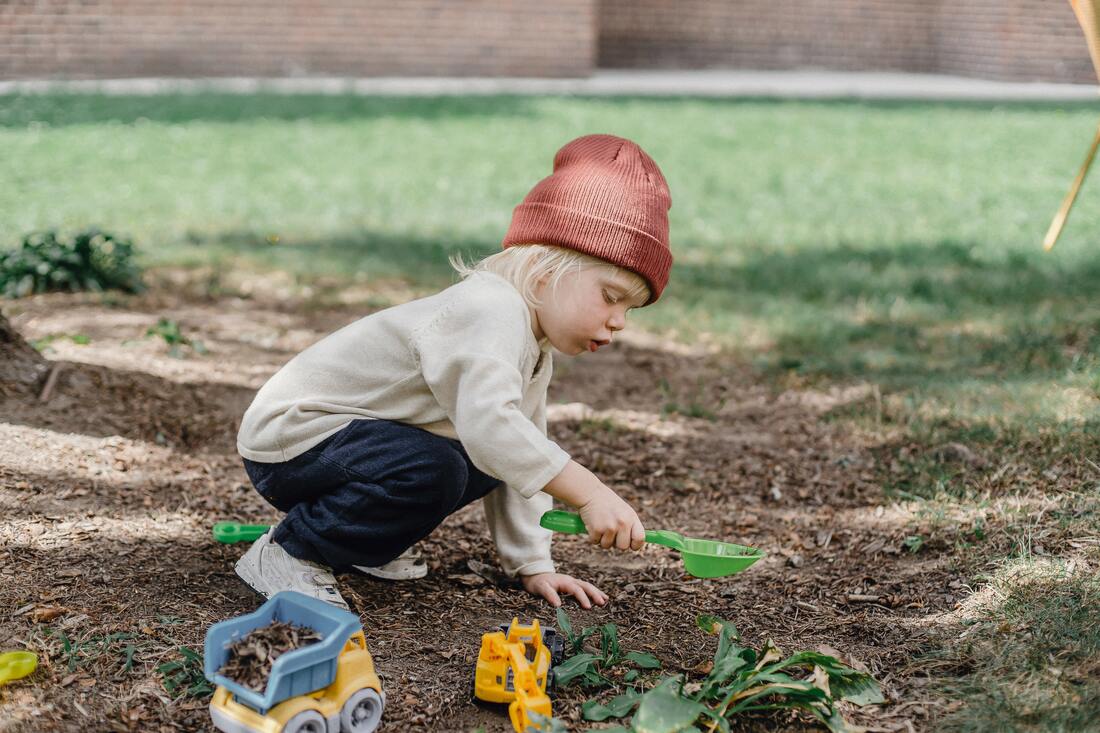|
More and more parents understand the importance of free, unstructured play for children. However, in our highly structured and driven society, they are working against the grain, in a way. These families have to work extra hard to maintain their values and navigate away from the overuse of screens and electronic toys that take away all the wonder. At first, if your child is not used to free, unstructured play, it can be difficult for them to sink into something joyful and absorbing. In some ways, it requires a “detox” from the toys and distractions of our modern world. Many popular toys for children today involve electronics: these toys beep, buzz, flash, and talk. On the surface, they seem very exciting and engaging, but one quickly realizes that they lack deeply nourishing engagement with wonder and creativity. Furthermore, they become a source of frustration because they easily break, or the batteries die quickly. They can also be quite disturbing to the nervous system of the child. These toys can overload the senses with sounds and visuals. And let’s not forget the disturbance to the nervous systems of those in the room (like stressed out moms)! Free play should involve simplicity in order to reap the most rewards. Our recommendation is to simplify the play space and prepare it for maximum wonder. Children get overwhelmed with too many choices. It is best to leave out five creative toy sets, like building blocks, train sets, Lego, animal figurines, and barnyard playsets, and have them organized into easy-to-access storage containers. You can rotate other toys into the mix every few months and take some out. Bringing a toy into the mix they haven’t seen for a while; is like receiving a new toy. Once you create the beautiful, organized, simple play space, and you’re ready to have your child sink into some unstructured, free play, set the bar low if they aren’t used to playing alone—plan for 30-45min for your child to settle into the space. Then, you can be nearby doing your own work but not engaging or playing with your child. Once your children see that you are happily engaged in your work nearby, they will begin to settle. If they are used to calling for you, you can respond with clear and straightforward boundaries like, “Right now, I’m over here doing my work.” If they wish for a toy that is no longer available, you can respond simply with, “These are the toys you have today.” Being clear on what your goals are for your child can help you maintain the firm boundaries this transition time will require. If your child once relied on electronic toys and video games to provide wonder and creativity without any work on the child’s part, your child may experience some discomfort as they shift to a new kind of play. This is ok! It is to be expected. We agree that reclaiming a childhood rich with wonder and full of imagination is what the world needs most and is well worth the struggle to get there. It will be so much more enjoyable for everyone in the long run! Children learn new routines by repetition. Therefore, it is best to set aside the same amount of time each day for a month, and you will see a difference in your child’s ability to enjoy the wonder and creativity of free play.
0 Comments
Leave a Reply. |
BlogExplore schedules, rhythms & routines, songs, music, festivals, free play, meals, projects & more to support your homeschooling program.Categories
All
Archives
July 2024
|
You might be wondering... |
Visit us on Teachers Pay Teachers© COPYRIGHT 2020. ALL RIGHTS RESERVED
Serving your worldwide educational needs from Comox Valley, BC, Canada. |





 RSS Feed
RSS Feed